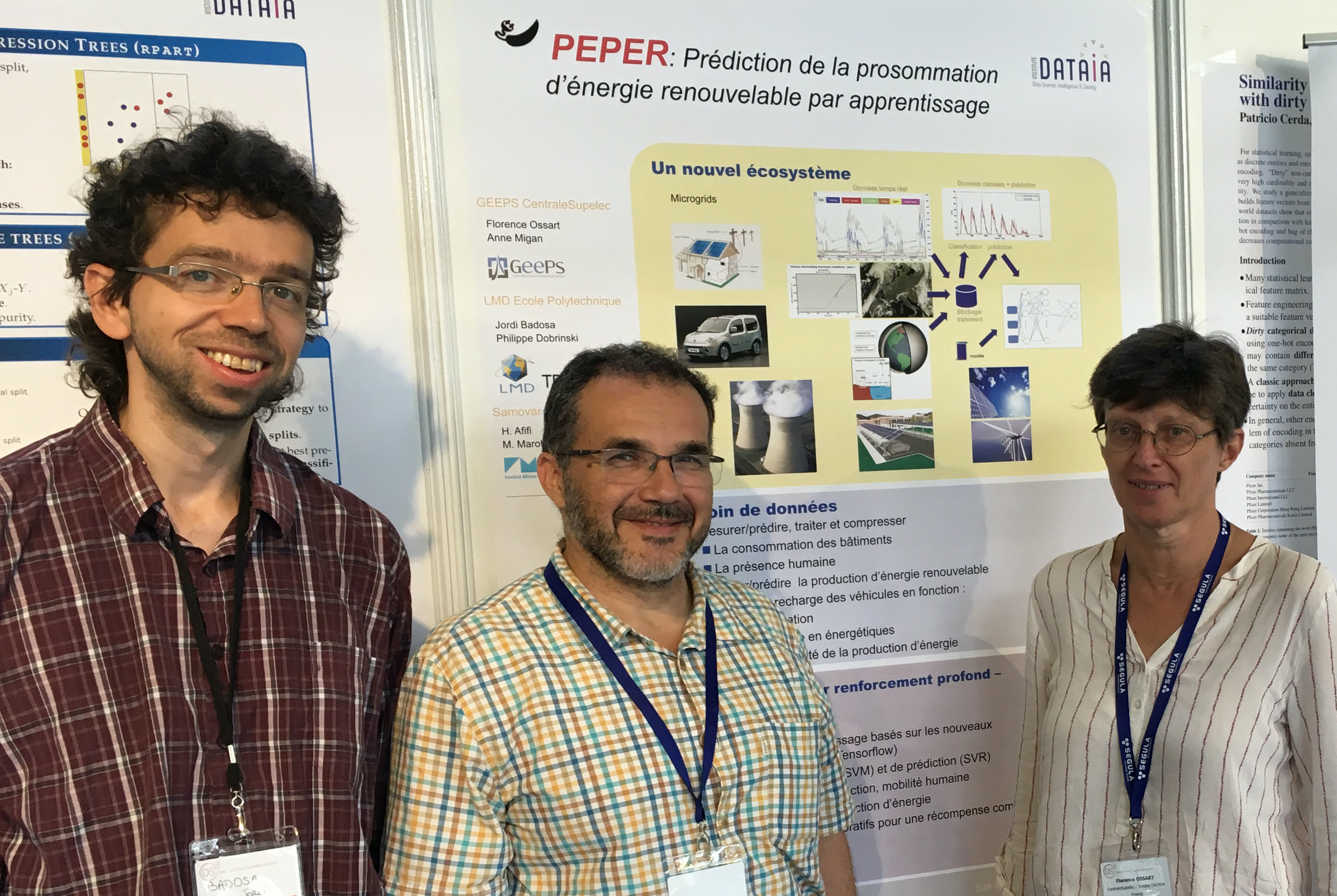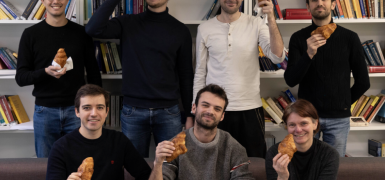Selected as part of the DATAIA Institute's « Calls for Research Projects » in 2018, the « PEPER » project aims to use neural networks for prediction and reinforcement in the energy management optimization.
« Thanks to the funds provided by DATAIA, we were able to cable a student room building at Télécom SudParis to record energy consumption to an accuracy of the second »
explains Hossam Afifi, professeur at Télécom SudParis and leader of this project with Florence Ossart, professor at the Laboratoire de Génie Electrique de Paris (CNRS, CentraleSupélec, Université Paris-Sud, Sorbonne Université), and Jordi Badosa,project manager at the École Polytechnique in the Laboratory of Dynamic Meteorology (CNRS, École Polytechnique, ENS Paris-Saclay, Sorbonne Université).
Two groups of students and interns have worked together to implement a Cloud architecture. Thus the data is stored in a special database (InfluxDB).
A Web application (Bokeh) allows the visualization of time series. Python applications using the TensorFlow library allow to make predictions based on dense LSTM and GRU networks.
A classification of building types and their consumption is done by classical convolutional networks.
All this has been made available to the public on a Github. Many publications have described the architecture and results.
Another deployment is planned in one of the public places of the Paris-Saclay town halls.










